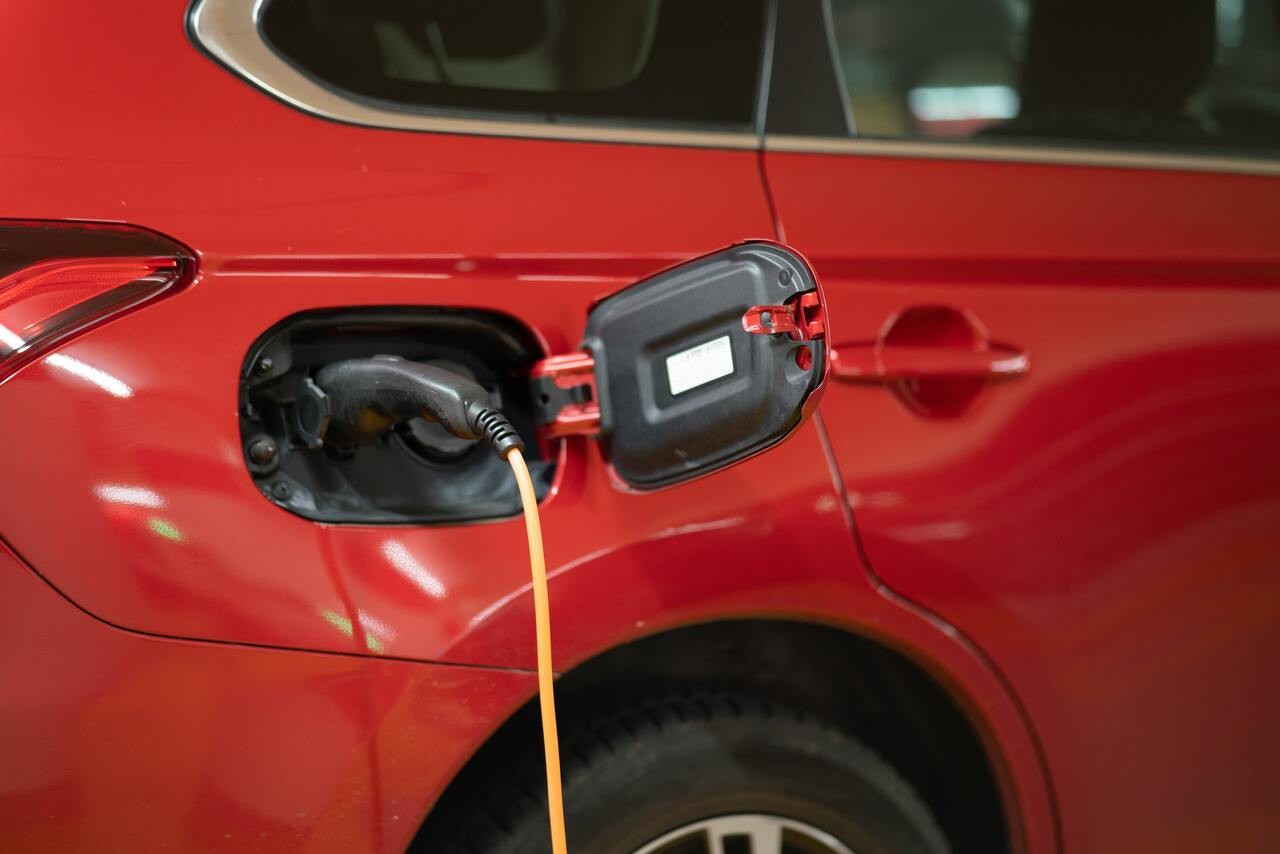Executive Summary
- The EU’s targets for reducing emissions are not ambitious enough to meet the Paris climate goals: Taking into account its “fair share”, calculated by dividing the remaining carbon budget by its share of the global population, the EU needs to slash emissions by 65% by 2030 instead of the aspired 55% and achieve climate neutrality by 2040, 10 years earlier than currently planned. In this context, the building sector could play a key role: Buildings account for 40% of the EU's total energy consumption and 36% of energy-related greenhouse gas (GHG) emissions.
- There are two key levers to reduce emissions in the buildings sector: improving energy efficiency and switching to greener fuels. The former, energy savings, can be mainly achieved through renovations, reducing the energy demand by at least a quarter over the next decade. The latter implies thorough electrification: The electricity share is expected to climb from around 20% to 45% (residential buildings) and from 45% to 60% (service sector) in 2050. In the process, the share of natural gas in the energy consumption mix – today at 50% – will plunge to almost zero.
- Since up to 95% of existing buildings are likely to still be around in 2050, ramping up the renovation rate is essential. While around 16% of all of EU buildings undergo partial to full renovation per year, little to no attention is being paid to assessing and improving the energy performance of those buildings. As a result, the “real” renovation rate, weighted by effective energy savings, is close to 1% for residential buildings and close to 0.5% for non-residential buildings. The EU is aiming for a 2% energy-renovation rate to reduce GHG emissions from buildings, but we find that it needs a much more ambitious target of 3%.
- The actual investment needed for a 'deep energy renovation' (more than 60% of energy savings) varies between EU countries, ranging from EUR50 per m2 (residential projects in Spain) to EUR450 per m2 (non-residential projects in Sweden). But how much bang do you get for the buck? Energy savings of 1kWh per year were mostly realized at investments between EUR1-5; reducing CO2 emissions by 1kg per year was almost three times as expensive.
- Overall, the annual energy-renovation investment needs to achieve the EU goal of a 2% energy-renovation rate range between 0.2% and 0.8% of GDP in the EU countries, with an average of 0.5% of GDP. This amounts to EUR82bn per year in the EU or EUR95bn if the UK is included as well. However, the necessary 3% renovation rate would increase the energy investments needed by EUR47bn in the EU and UK per year. Against the backdrop of the EU’s residential sector currently investing about EUR 200bn per year in energy renovations (though rather inefficient ‘light’ than efficient ‘deep’ energy renovations), these investment needs seem feasible if energy renovation becomes the first principle in renovation.









